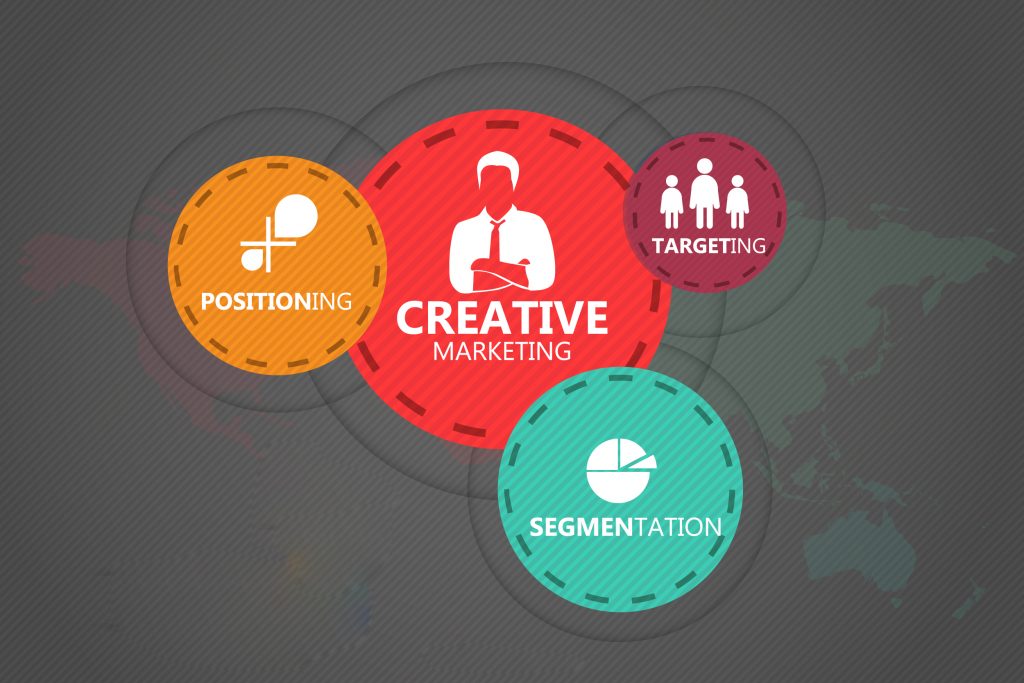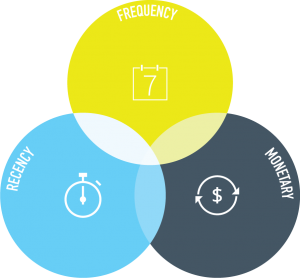 Kotler and Armstrong (2006) explained through their research how important is the task of attracting customers, but more important is actually retaining those customers, since losing a customer means also losing the entire stream of purchases that they would have made over a lifetime.
Kotler and Armstrong (2006) explained through their research how important is the task of attracting customers, but more important is actually retaining those customers, since losing a customer means also losing the entire stream of purchases that they would have made over a lifetime.
When working in such a competitive industry as tourism, it is important to know your customers, especially the most profitable ones. Moreover, in order to achieve that customer retention and keep that profit up, your business needs to be able to customize their product, their marketing campaign and strategies; in this way, not only you will keep your loyal customers happy but you will have to chance to convert those who are on the verge of leaving you and, you will stop wasting valuable resources on the ones who are long gone.
How might we do all of this?
I will start with the basics, which is Market Segmentation. I am sure most of you know what market segmentation is, but I will still do a quick run through to avoid any confusion.
Market Segmentation is a process where a large homogenous market is split into clear segments that have similar needs, wants and demands. The goal is to design a marketing mix (the 4 Ps – Price, Place, Promotion, Product) that matches the expectation of each segment.
There are four basic factors that market segmentation is based on:
- Behavior
- Demographic
- Psychographic
- Geographical Differences
 These four basic factors have an impact on the market segmentation strategies.
These four basic factors have an impact on the market segmentation strategies.
The Past is Golden
In the tourism industry, we learn from the behavior of our past guests, if we want to keep them happy, we have to offer the kind of promotions and packages that fit their past purchases. This is where RFM comes into the game.

RFM?
RFM stands for Recency, Frequency and Monetary Value. RFM suggests that the value of a customer can be understood from their past purchases. During the analysis, the business has a closer look at when was the last purchase (Recency), how many times was a purchase made (Frequency) and how much money was spend on it (Monetary Value).
By using RFM, the hotels can find out which customer is worth keeping in contact with, and what kind of product they might want in order to make another purchase.
How does RFM work?
Basically, with RFM your past guests will get different scores. Let’s see a simple example:
You create a list from highest to lowest ranking for each of the sectors of RFM (Recency, Frequency, Monetary), further dividing each category into 5 (20% each). By giving the rates you can find out which of your customers have what profiles, and based on that you can further segment them and develop your marketing plan.
Among the three sectors recency is considered to be the most important; however studies tell us that RFM is firm-specific therefore, is based on the nature of your products. Fader (2005) found that for lower recency customers with higher frequency tended to have lower future purchasing potential than those with lower pre-purchasing rates. Lumsden (2008) has similar findings that there are significant differences between groups across recency and frequency.
 Benefits
Benefits
- You can actually combine your RFM results with other reports. You can use various filters for specific products, allowing you to get a more refined insight into your customer’s behavior
- Catching those customers with high scores, that recently abandoned their purchase. Once you have this list, you can encourage them with a customized email or even call.
- Help the marketing team decided on the optimal budget and time spent
- Easily pick the type of customers you may want to target
- Convert customers from passive to active
- Increases customer retention
- Increases response rate
- Increases revenue
Take your email marketing to a new level
Let’s look at this email marketing strategy with the help of RFM:
- Select the RFM segment to focus on (Best customers, Almost lost, etc.)
- Create the hypothesis as to what will work best for this segment
- Define the final goal of the email campaign
- Track your response rate
- Analyze results
- Make new changes
- Implement again
Closing Notes
RFM is a business analytics technique that could potentially improve your marketing performance and your bottom line. This powerful segmentation tool can help you view your customers from all kinds of angles, allowing you to create different marketing strategies. Using already collected data, you will improve your future sales.

